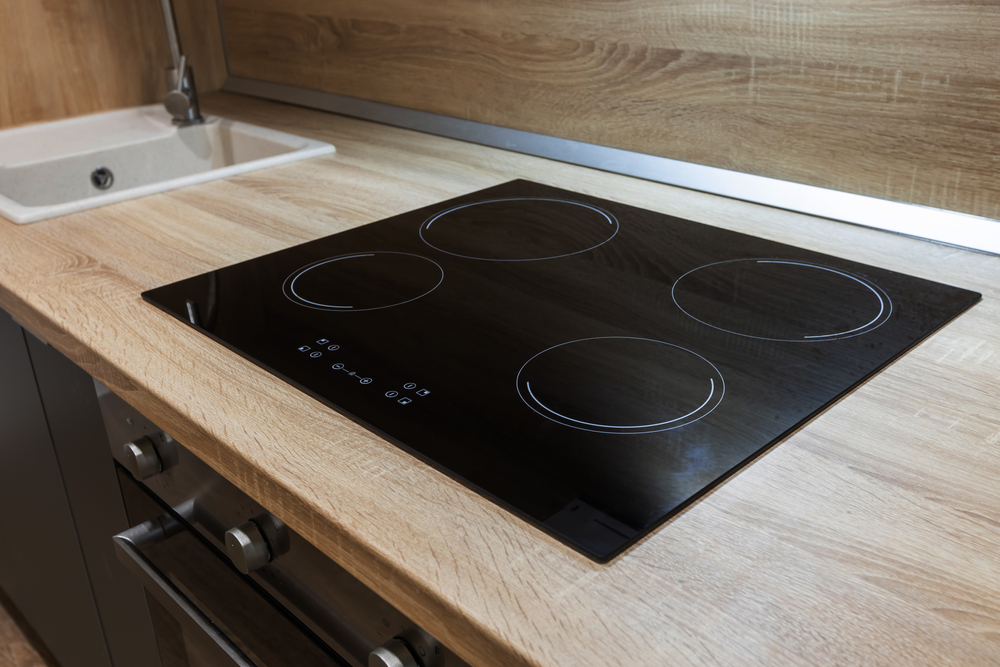Could it be the biggest energy hog in the home?
Others are reading now
Electricity prices might not be at the same insane levels we saw a year ago.
Nevertheless, it still makes sense to save on electricity consumption – both for the sake of the climate and our own finances.
Particularly during the winter months, substantial savings can be made as electricity prices are typically higher due to increased consumption.
This is one of the reasons why setting, for example, the dishwasher to run at night during winter can lead to significant savings: prices are usually lower because the load on the electricity grid is not as high.
Also read
Conversely, you should definitely avoid the period between 5 pm and 9 pm, as that’s when prices are at their highest.
What should you turn off to save the most?
Navigating through the labyrinth of energy consumption in the home can reveal some surprising truths about which appliances consume the most power.
A recent EcoTest by Wirtualna Polska has shed light on the misconceptions many of us hold regarding identifying the biggest energy hogs in our homes.
This is reported by the Polish media outlet Gadzetomania.
The results indicate that it’s time to reassess which everyday items are putting the most strain on our electricity bills.
In a survey, respondents were asked to guess which of three household items consumed the most electricity: the tumble dryer, the dishwasher, or the induction cooktop.
And the answer surprised many of the survey participants.
Not the Tumble Dryer Contrary to expectations, the induction cooktop stands out as the biggest consumer of electricity per hour – a fact that eluded the majority of respondents in the survey.
Over half incorrectly pointed to the tumble dryer as the primary energy thief, underscoring a widespread misconception about the energy consumption of household appliances.
This result was particularly prevalent among older participants, while only a smaller fraction believed the dishwasher was the biggest electricity hog.
Interestingly, men were more likely to correctly identify the induction cooktop as the main culprit compared to women. This insight into the appliance’s consumption is crucial, as an induction cooktop can annually consume almost three times more electricity than a refrigerator and over five times more than a washing machine.








